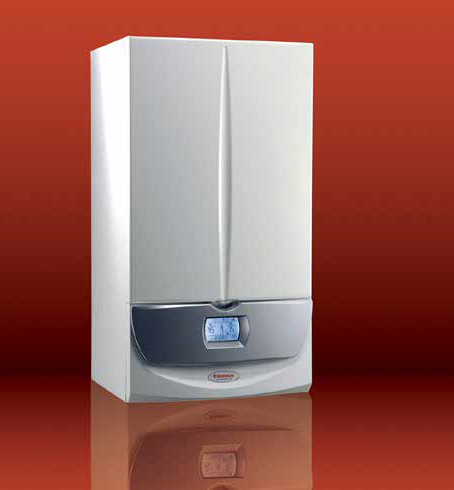Immergas: Using CAE to improve energy efficiency, reduce emissions and costs, and shorten time-to-market
Interview with engineer Luca Cavalli, from the advanced engineering team at Immergas
Newsletter EnginSoft Year 13 n°2


Founded in 1964 and headquartered in Brescello, Reggio Emilia in Italy, Immergas is the leading Italian provider of condensing boilers, designing and producing 200 different models on 10 production lines. The company owns a second plant in Poprad, Slovakia where it manufactures entry-level appliances for emerging markets, and is launching a start-up in Iran to produce boiler models for Middle Eastern markets.
The company is consistently ranked among the leading European companies in the home Heating, Ventilation and Air Conditioning (HVAC) sector and owns nine sales subsidiaries in Europe, and one in China.
In this interview, engineer Luca Cavalli, of Immergas’ advanced engineering team, discusses the technical and business benefits the company has realised since first introducing Computer-Aided Engineering (CAE) technologies into its R&D department in 1997.
Since then, the company has increased the number of CAE tools it uses, and also leverages a collaborative relationship with EnginSoft to support its CAE-led approach to the design and optimization of its products and production processes.
Read the articleCASE STUDY
A fascinating article on the origin, history, and evolution of roller coasters from their earliest prototypes in Russia in the 16th century on the banks of the Neva River of St. Petersburg, and then dives into detail on how numerical simulation of roller coasters works to ensure their success both as entertainment and from a safety perspective for users and operators.
mechanics civil-engineering construction optimization
CASE STUDY
This article discusses a realistic multi-objective parameter optimization study of a highly athletic one-legged robot, called Skippy, in which both the parameters of the mechanism and the parameters of its optimal behaviors were sought.
optimization modefrontier biomechanics